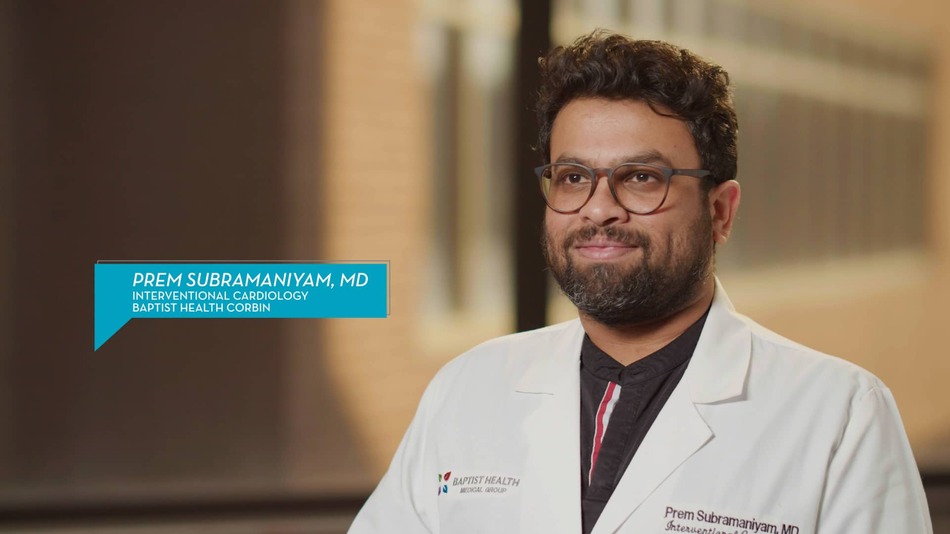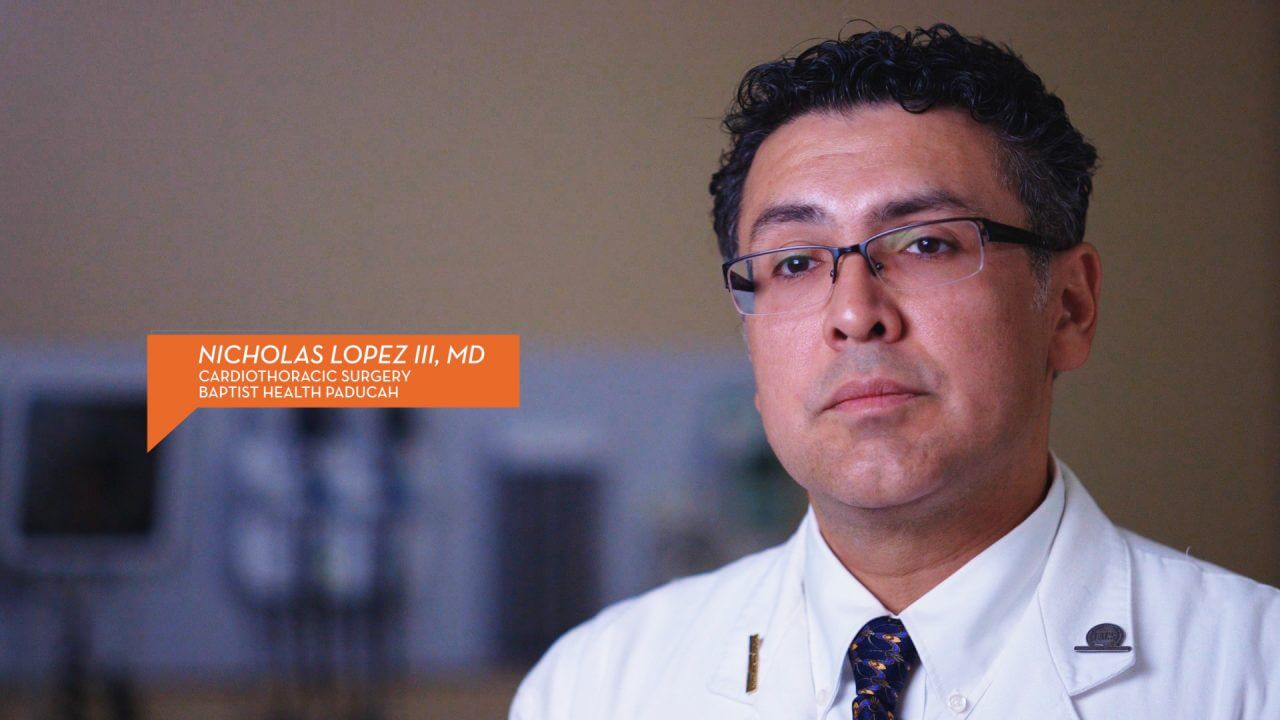A Physician’s Lifesaving Heart Surgery
An aortic dissection is a tear in the inner layer of the aorta. When blood rushes through the tear, the inner and middle layers split, or dissect.
Blair Tolar, MD:
I had some chest pain that I’d never experienced before, but it only lasted for maybe 15 or 20 seconds. I’m not a heart doctor, but I know what an aortic dissection is, and Dr. Ward came in and very quickly gave me an assessment of what to expect and what needed to be done then and there. It wasn’t something we could wait on.
Austin Ward, MD:
In patients with an aortic dissection, every hour that you wait, the risk of dying is higher.
Dr. Tolar:
Dr. Ward treated me like a patient. He talked to me about the risks of surgery, talked to me about what to expect and what could happen. Those types of conversations were putting me in the patient role, which I needed. I wasn’t there to take care of myself, I was there to be the patient. I spent several nights in the Intensive Care unit. It was an effort to talk. It was an effort to breathe. The first time interacting with Jo Ann [Pellarin], she came in to tell me that she was there to walk me.
Jo Ann Pellarin, Physical Therapy Assistant:
He wasn’t as stubborn as he thinks he was. He was cooperative. He had pain like everybody else, and he was weak. I just tried to keep him relaxed. The best thing he could do for himself [was to] keep on walking.
Dr. Tolar:
It gives me a new appreciation for how vulnerable patients feel in those situations. So, that certainly has given me pause whenever interacting with patients now as a physician. I’m incredibly grateful that we have the technology and the talent — the physicians and the staff — to be able to take care of things like that. A lot of hospitals can’t take care of what was happening to me. I would have had to be transferred out in that situation if Baptist Health Paducah couldn’t have done that. But they did, and here I am.
Next Steps and Useful Resources
Find a Provider
Should You Be Concerned By Chest Pain From When Exercising?
What is Hypertensive Crisis?
9 Signs of an Unhealthy Heart



